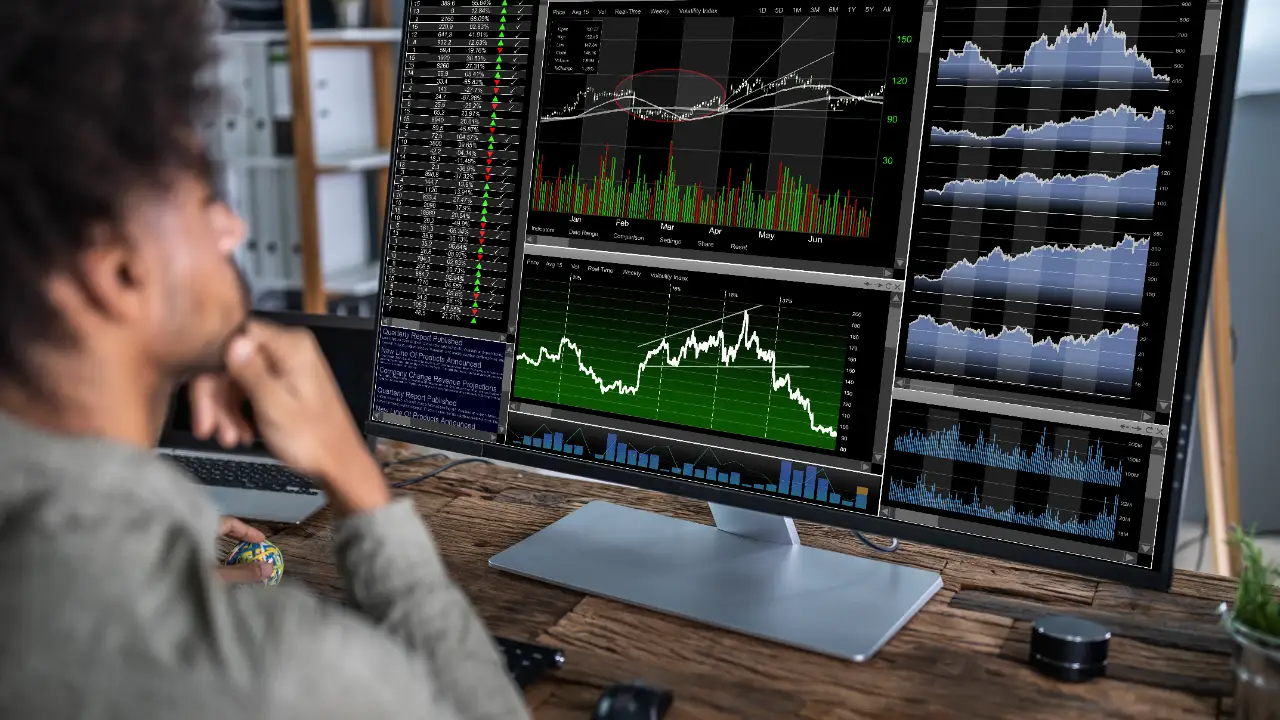If you’re looking to dive into the world of online trading, one of your first steps should be choosing a solid trading platform that aligns with your goals and needs. With new platforms popping up all the time and so many options to weigh, how do you decide? Let this comprehensive guide on picking ideal trading platforms clear up any confusion. You’ll explore through the top 10 tips to keep in mind to find the best trading platform. Time to transform into an informed shopper!
- Define Your Trading Style and Assets
Since trading platforms serve different purposes, the first thing to clarify is how you want to trade. Are you interested in trading stocks? Cryptocurrency? Forex? Options? Identify the assets you want access to so you can narrow your search.
In addition to assets, reflect on your general trading style. Are you a casual trader making occasional trades or an active day trader making multiple daily trades? Certain platforms cater more to high or low trade volumes. Outline your priorities so features can align.
- Consider Platform Costs and Fees
As the saying goes, there’s no such thing as a free lunch. The same concept applies to trading platforms. Many advertise commission-free trading but charge monthly subscription fees or fees per contract traded. Others have zero account minimums but make money through wider bid-ask spreads.
Take time to thoroughly understand all platform fees to estimate your total costs. Fees like monthly charges or contract trading fees add up over time. Also confirm what impacts the spread width you pay. The goal is finding cost-effective platforms fitting your budget.
- Verify Security and Encryption Measures
In an age of online hacking and stolen data, security features are non-negotiable when assessing trading platforms. Reputable platforms use bank-grade encryption and store account data on secure cloud networks, protecting you from internal and external threats.
Double check that two-factor or multifactor authentication is available. This requires a code from a secondary device when logging in, adding a major security barrier. Also confirm platforms offer insurance protecting cash and assets in accounts. Don’t gamble with lax security measures!
- Compare Mobile and Desktop Capabilities
Today’s best trading systems offer a consistent user experience across desktop and mobile devices. Transferring between devices shouldn’t restrict the use of tools, data accessibility, or trade possibilities.
Comparing possibilities should involve side-by-side analysis of the desktop and mobile platforms. Try using the research tools on the desktop version and entering trades on the mobile versions. Using many devices fluidly is necessary for flexible trading. Don’t accept limited movement!
- Demand Educational Resources and Trading Tools
An ideal trading platform, especially for new traders, offers built-in educational resources and trading tools to actively support your growth. Seek platforms providing trading courses, video tutorials, pattern recognition technology, volatility analysis, and proprietary trading signals.
While external tools exist, having these baked into platforms streamlines your trading process without toggling between systems. Don’t overlook the value strong analytical and learning functionality adds!
- Check for Reviews and Community Rating
Before entrusting a trading platform with your capital and data, verify its reputation amongst the trading community. Google the platform name plus “reviews” to find credible breakdowns of pros/cons. Check third-party rating sites to compare ratings and feedback versus competitors.
Favorably reviewed platforms with high community ratings tend to offer better overall experiences. However, watch that reviews seem authentic and unbiased. Fake or purchased reviews falsely inflate platform reputations. Rely on truth-telling traders who’ve tested platforms firsthand!
- Request Free Platform Trials
If you’re still evaluating a shortlist of contenders after assessing costs, features, and reviews, request free platform trials to get hands-on. Many leading platforms offer no-commitment trials allowing real-time practice trading without risking dollars.
Experiment with platform demo accounts using virtual money. Input test trades, utilize analysis tools, and access educational materials. Combine trial usage with community reviews for the full picture before committing real cash! Don’t decide purely on marketing promises alone.
- Make Sure Customer Service Options Are Available
Even using the most seamless trading platforms, questions or issues inevitably arise needing customer support. Before funding real accounts, confirm what human customer service options are accessible and when they’re available.
Live chat, phone, email, and social media support may be offered but can have limited hours. Check for 24/7 and global support for the most responsive issue resolution. Prioritize trading platforms making reliable support staff readily available! No trader is an island.
- Weigh Tax Form Availability
A key but often overlooked consideration when choosing a trading platform is whether they provide the necessary tax forms to document your investment gains and losses for tax purposes. Come tax time each year, you are responsible for reporting this activity and paying any taxes owed. Trading platforms must furnish tax forms showing the trades you executed on their platform and resulting profit or loss.
Before committing to any platform, double check that they offer these critical tax statements so you have the documentation needed. Some leading platforms even sync trade data directly with popular tax prep software. By factoring tax form availability into your upfront platform evaluation, you save yourself hassles down the road during tax season each year. The platform you pick should make tax reporting seamless, not a headache!
- Trust Your Gut Feeling
After objectively evaluating costs, features, reviews and more across prospective platforms, the final step is going with your gut! Once you’ve narrowed choices to a few quality contenders that fit needs, trust your instincts.
Which platform’s UI best suits your style? Which seems easiest to begin with? Which trading approach do you think will work best in the long run? Though we can examine information indefinitely, our gut instinct frequently provides the greatest guidance. Turn out the outside world, along with listen within, as well as make informed decisions!
Conclusion
Guts as well as planning are needed to begin a trading journey. Apart from portability, empowering the next generation of trader Choosing which best trading app for beginners that best fits your needs isn’t just about laying down a foundation for future development in terms of security. Don’t go into analysis overload by trying to cling on and tailor the platform too closely for your style.
















